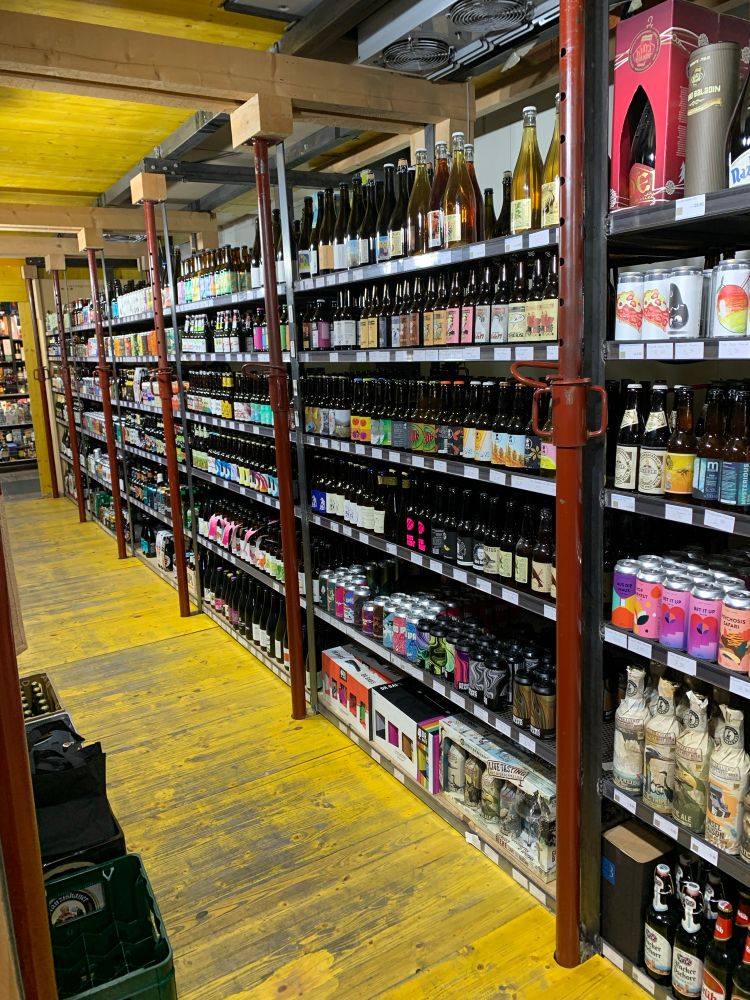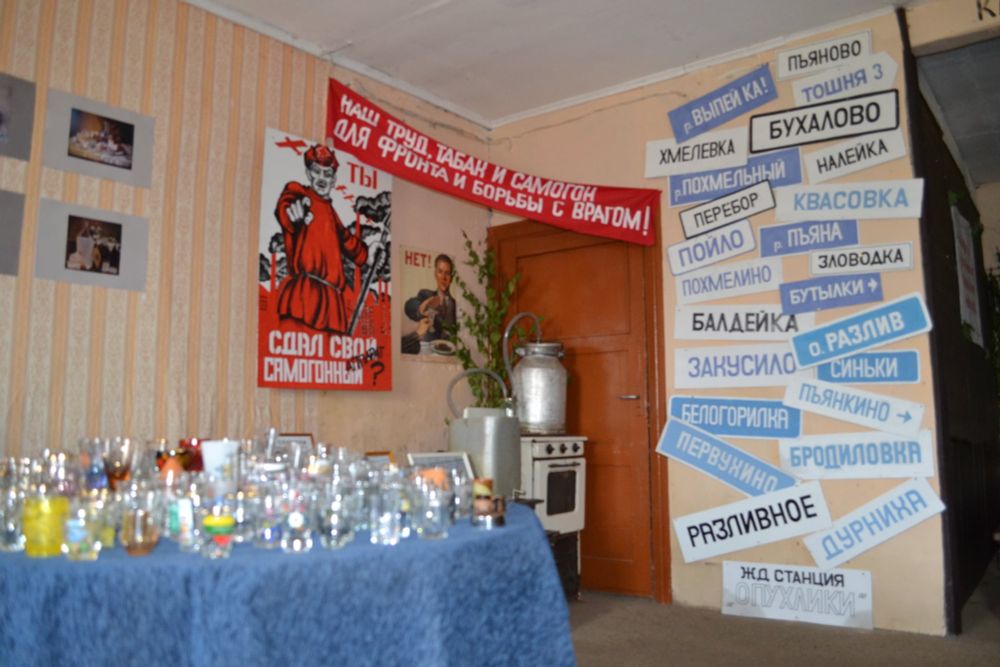Norwegian posts: @larsga-no.bsky.social
https://www.garshol.priv.no

We present Martyn’s Lifetime Achievement Award to his brother, Dave Cornell.

We present Martyn’s Lifetime Achievement Award to his brother, Dave Cornell.
She cites other reasons, too, but ...
She cites other reasons, too, but ...
For anyone who knows the first thing about the web this has been the obvious solution all along. In fact, it's the solution we used to have before the EU messed it up.
www.simpleanalytics.com/blog/the-eu-...

For anyone who knows the first thing about the web this has been the obvious solution all along. In fact, it's the solution we used to have before the EU messed it up.
www.simpleanalytics.com/blog/the-eu-...

2. Spammy research journal writes again, asking for a reply. Email begins "It's great to reach out to you again."
Seems a shame to reply and deprive them of the joy of reaching out to me.
2. Spammy research journal writes again, asking for a reply. Email begins "It's great to reach out to you again."
Seems a shame to reply and deprive them of the joy of reaching out to me.
In this case Salmi, which in 1939 had 90% Karelian-speaking population.

In this case Salmi, which in 1939 had 90% Karelian-speaking population.

deepbaltic.com/2022/12/13/i...




You enter U Fleku into a kind of hallway between the two main serving rooms. Just like Schlenkerla, Spezial, Fässla, etc

You enter U Fleku into a kind of hallway between the two main serving rooms. Just like Schlenkerla, Spezial, Fässla, etc
Patreon.com/pelliclemag

Patreon.com/pelliclemag


When someone eats
eat with (him)
When someone drinks
drink with
When someone is fixing
let him fix

When someone eats
eat with (him)
When someone drinks
drink with
When someone is fixing
let him fix



ØX Taproom, if you’re ever in Trondheim.


ØX Taproom, if you’re ever in Trondheim.



